Top Historical Sites In Buenos Aires
Buenos Aires is the capital and largest city of Argentina, known for its rich history, vibrant culture, and lively atmosphere. Located on the eastern shore of the Río de la Plata, Buenos Aires is a melting pot of different cultures and influences with a strong European influence evident in its architecture and way of life.
One of the most iconic landmarks in Buenos Aires is the Obelisco, a towering monument located in the center of the city. The Obelisco is surrounded by many other historical and cultural attractions, such as the Teatro Colón, a world-renowned opera house, and the historic San Telmo neighborhood, known for its cobblestone streets, antique shops, and tango clubs. All of these adventures are within the Tripio App and ready to add to your custom Intinerary.
Before we move on, did you know that every week we send out a newsletter featuring:
- New Destinations on the Tripio app
- Highlighted Itineraries on the Tripio app
- Articles from the Tripio blog
Subscribe to Tripio’s Weekly Newsletter!
Another must-see destination in Buenos Aires is the Recoleta Cemetery, where many of Argentina’s most famous figures are buried, including Eva Perón. The cemetery is a beautiful and peaceful place to walk around, with elaborate mausoleums and statues scattered throughout the grounds. Visitors travel from around the world just to see Recoleta, you will be happy you visited.
The food in Buenos Aires is also a major attraction, with a wide variety of cuisines to choose from, including Argentinean steak, empanadas, and dulce de leche. The city is also home to many cafes and restaurants serving delicious coffee and pastries, as well as a lively nightlife scene with bars and clubs that stay open late.
Buenos Aires is a vibrant and exciting city with a rich cultural heritage and plenty of things to see and do. Whether you’re interested in history, culture, food, or just soaking up the vibrant atmosphere of the city, the Tripio App has made it easy for you to enjoy all that Buenos Aires has to offer.
The weather in Buenos Aires is hot and humid in the summer with mild winters. The city experiences high levels of humidity throughout the year due to its location on the eastern coast of South America. During the summer months (December to February), temperatures can reach an average high of around 88°F and an average low of around 68°F. Summer is also the rainy season in Buenos Aires. In the winter months (June to August), temperatures in Buenos Aires are cooler, with an average high of around 68°F and an average low of around 50°F.
El Ateneo Grand Splendid – converted Theater to Bookstore
El Ateneo Grand Splendid is a magical and travel back in time experience. It was first a performing arts theater, then a cinema, and now a bookstore. The interior of the building remains as stunning today as when it was first envisioned by architects Peró and Torres Armengol. The original frescoed ceilings, ornate theater boxes, elegant rounded balconies, detailed trimmings, and plush red stage curtains make this Bookstore the most unique one in the world.
Teatro Colón
The Colon Theater of Buenos Aires is one of the most well-known opera houses in the world. Its rich and prestigious track record and the exceptional acoustic and architectural features of its building place it at the level of theaters the best theaters in the world. It has hosted some of the most famous artists and orchestras since 1908.
Recoleta Cemetery
La Recoleta Cemetery is a cemetery located in the Recoleta neighborhood of Buenos Aires, Argentina. It is known for its impressive mausoleums and tombs, many of which are works of art in themselves. The cemetery is the final resting place of many notable figures from Argentine history, including Eva Perón, who is perhaps the most famous person buried there. Eva Perón, also known as Evita, was the wife of Argentine President Juan Domingo Perón and is remembered for her charity work and her efforts to improve the lives of the poor in Argentina. Many travel from around the world to this popular tourist attraction in Buenos Aires, one that is must add to your Tripio Custom Intinerary and is an important part of the city’s cultural and historical heritage.
Basilica of Our Lady of the Pillar
The Basilica of Our Lady of the Pillar is a Roman Catholic basilica dedicated to Our Lady of the Pillar, a title of the Virgin Mary. The basilica was built in the 18th century as part of a Franciscan monastery and is known for its ornate Baroque architecture. It is an important religious and cultural landmark in Buenos Aires and a Bucket List Adventure. The basilica has a long and rich history, having served as a parish church following the expulsion of the Franciscans in 1821 and as a center of Catholic life in the city.
El Zanjón
El Zanjón is known for its tunnels and mystery and is a must-add to your custom Tripio Itinerary. A magical space where poetry, history, and myth coexist and the most important urban archaeology project in the city. Excavations in the 1830 old mansion led to the uncovering of the ancient Zanjón, a ravine, which extended over the whole length of the square. Belonging to a wealthy family with six slaves in 1860 it was turned into a tenement by 1890. Adventure to El Zanjón, you will not be disappointed.
Floralis Genérica
Floralis Genérica is a sculpture made of steel and aluminum that was gifted to the city by the Argentine architect Eduardo Catalano. The sculpture was designed to move, closing its petals in the evening and opening them in the morning. It is powered by solar panels and is intended to symbolize the rebirth of Argentina. The sculpture has become a symbol of the city and is an iconic landmark in Buenos Aires.
Casa Rosada
The Casa Rosada is the official residence of the President of Argentina. The building is pink in color, which is how it got its name. Casa Rosada built in the late 19th century has served as the presidential palace ever since. It is an important architectural and cultural landmark in Buenos Aires one of the most photographed Government Buildings.
The Obelisco
The Obelisco is a national historic monument and icon of Buenos Aires. It was built in 1936 to commemorate the quadricentennial of the first foundation of the city. For special days, the Obelisco is used as a symbol to commemorate.
Thank you for reading, remember, adventure awaits you on the Tripio App. Travel has never been so easy!
Interested in more of South America, check out Top 10 Cultural Gems In Peru To Experience
or more of Buenos Aires, check out Unique Places In Buenos Aires
-Catherine Mortimer, Tripio Guru

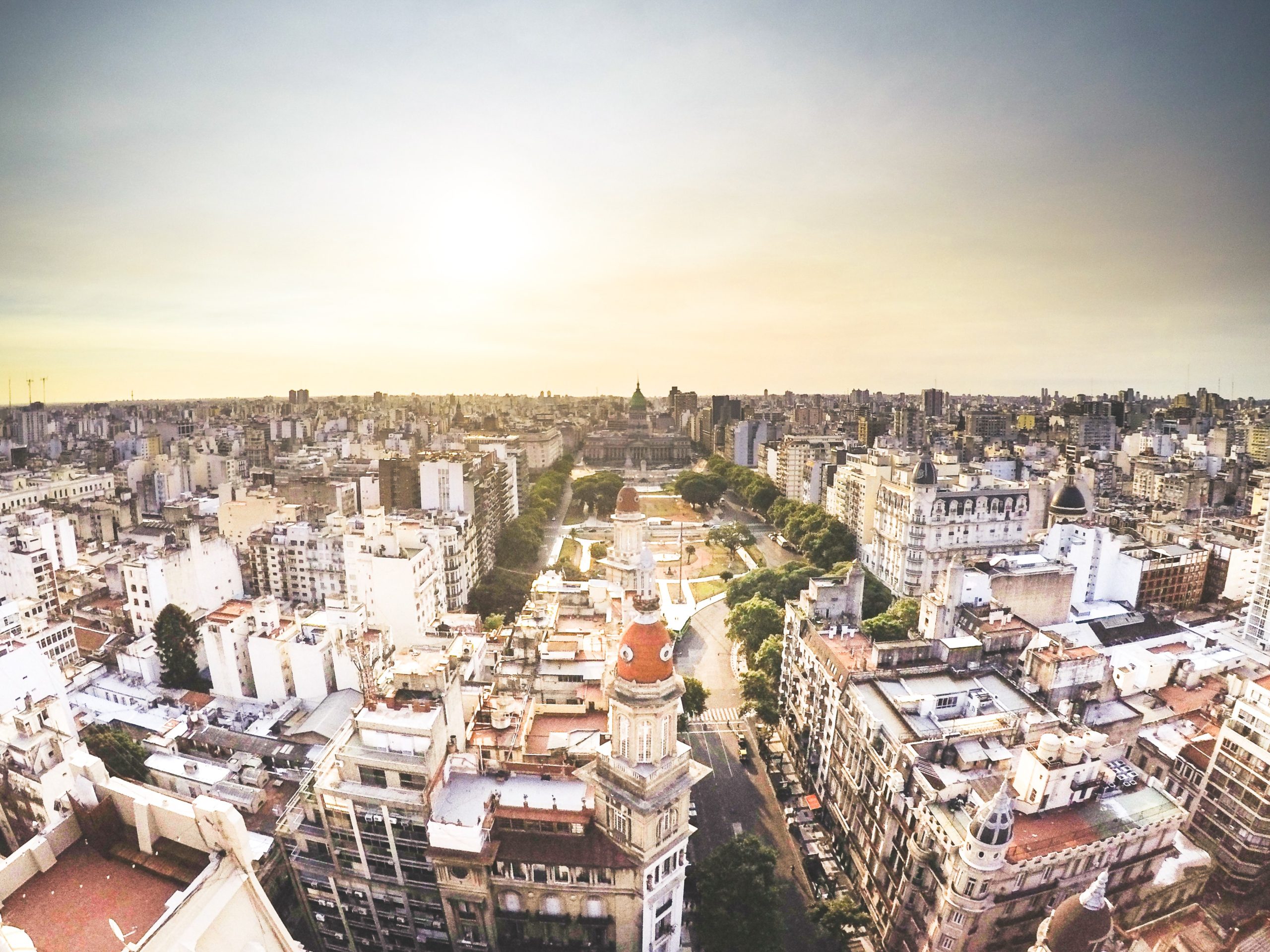
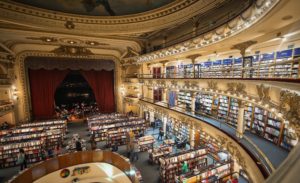

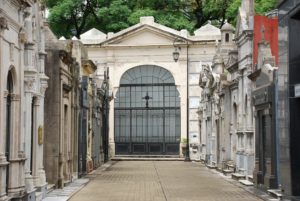
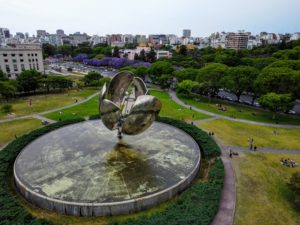
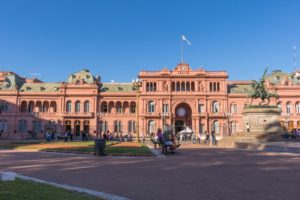






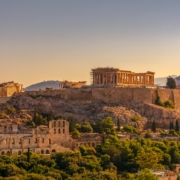
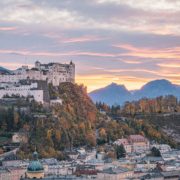




Trackbacks & Pingbacks
… [Trackback]
[…] Info to that Topic: blog.tripioapp.com/top-historical-sites-in-buenos-aires/ […]
… [Trackback]
[…] Info to that Topic: blog.tripioapp.com/top-historical-sites-in-buenos-aires/ […]
… [Trackback]
[…] Read More here on that Topic: blog.tripioapp.com/top-historical-sites-in-buenos-aires/ […]
… [Trackback]
[…] Here you will find 4531 additional Information to that Topic: blog.tripioapp.com/top-historical-sites-in-buenos-aires/ […]
… [Trackback]
[…] Here you can find 53692 additional Information on that Topic: blog.tripioapp.com/top-historical-sites-in-buenos-aires/ […]
Leave a Reply
Want to join the discussion?Feel free to contribute!